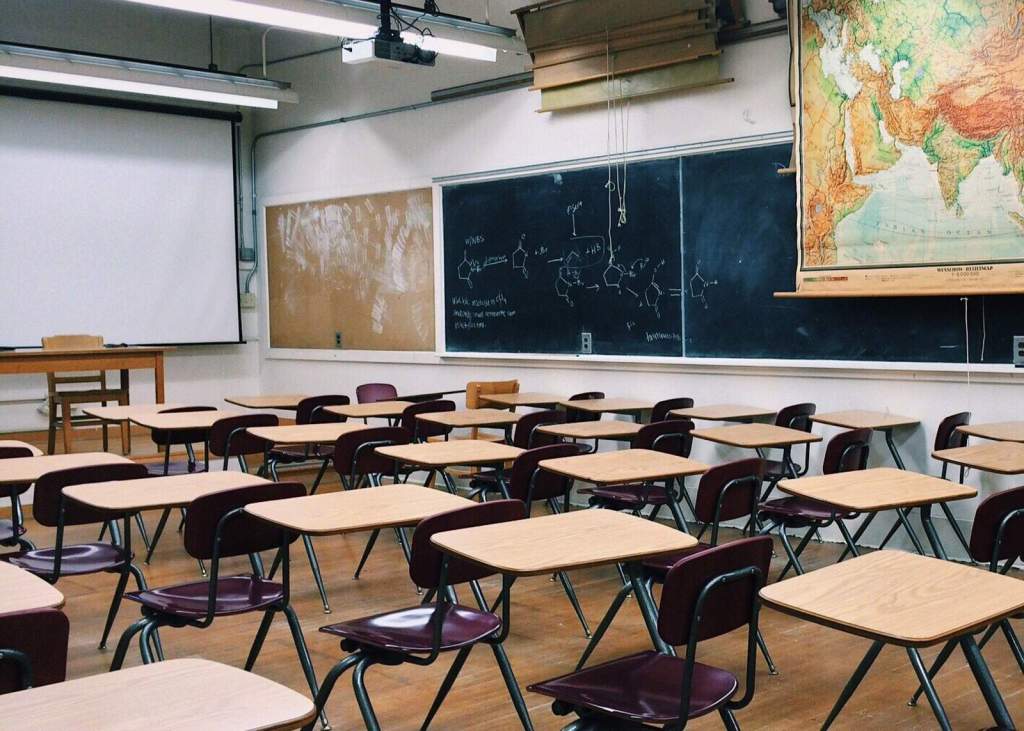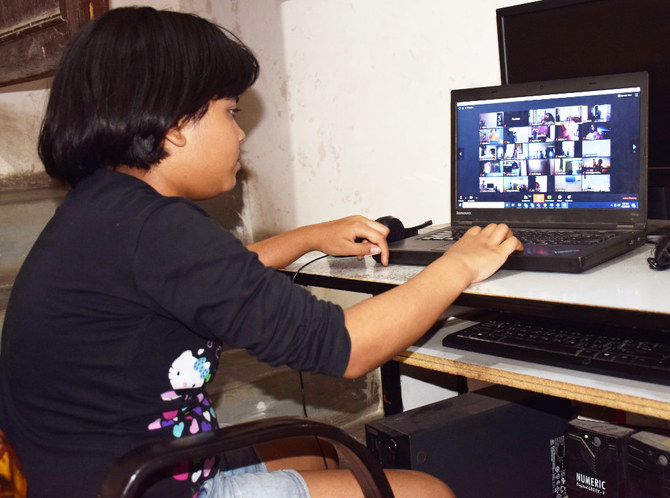This year has brought many new things into our lives. Social distancing and masks have entered our lexicon and lifestyle. The world outside is now a world of intrigue and adventure. People are cooped up in homes. Workplaces have entered into private spaces of individuals.
While the ‘Work From Home’ is a concept available in the corporate structure and people have worked from home, the change is proving to be difficult for students. The prolonged lockdowns and continued safety measures taken due to the Wuhan coronavirus have created a challenging atmosphere for educational institutions.

Source: Brookings Institution
With classes being streamed directly into their homes and school taking over their personal space, it is tough on the students.
Education is imparted in classrooms has a distinct charm. The sense of calm as you walk into the classroom and peaceful atmosphere make it a pleasant experience. The presence of friends and classroom interactions with them makes the highlight of the day. The shared experience and learning builds character and imparts knowledge.
The endogamic structure of a classroom where students try to maintain and improve in the hierarchical structure prompts students to perform academically well. Moving out of the academic sphere it brings kids in contact with peers of different backgrounds and expands their knowledge and wisdom.

Source: ClickOnDetroit
The pandemic has stolen that from the students and the teachers. Lockdowns imposed to protect people brought education to an abrupt halt. Education was forcibly moved online. Schools and colleges tried in a haphazard manner to complete the academic year. The graduating classes of 2020 had to weather the storm of uncertainty before the state invertened to provide a future course of action.
It was quite messy and received a mixed bag of response towards it. While the students are still figuring out their next moves, educational institutes had to move on to the next academic year.
With no respite from the pandemic, education was to continue online. The real test of the online system of education began with the new academic year. Moving from sporadic classes to complete a topic or two to teaching entire days online was a big shift in pedagogic instruction.
Zoom, Google Meet, Microsoft Teams, Webex became the new medium of instruction. Every student had their own classroom in isolation. There were no frontbenchers with their books open eagerly waiting for the class to start. Nor were there any backbenchers having their parallel discussions and having a gala time. Everyone was left to fend for themselves.

Source: Arab News
Logistics aside, sitting in a place for long hours is tedious. But having to work in the same atmosphere post official work or school hours is just a nightmare. Fatigue starts to set in over a period of time. Students are battling the fatigue of online classes having to sit in longs hours and also deal with their comfort zones becoming their class rooms.
University level students have certain leeways. As they are treated as adults, they have the choice to switch off cameras citing various reasons. They can switch to other tabs to watch something more appealing to combat fatigue and diminishing attention span. On the academic front, they are deprived of resources available at the college or university, that deal with the technical aspects of their course.
Students at school level, however, have a much harder time. Learning in isolation in front of devices at younger ages is a difficult challenge. Children feel comfortable with people around and like to play with their friends. They like to form and build bonds of friendship that support their academic and emotional needs. Asking them to handle the schooling restrictions without the lifeline of friends is distressing for them. Children do not have readymade coping mechanisms available to deal with these situations.
The Washington Post carried a feature on 26 November on how the online education system is distressing the kids. Titled ‘Remote school is leaving children sad and angry’ it is a compilation of stories of children of different facing physical and mental health ailments due to pressures of online education.
Quoting the statement in the Washington Post given by Matthew Biel, chief of the child and adolescent psychiatry division at Georgetown University School of Medicine;
The strain on kids is enormous. Your 7-year-old wants to be recognized when they raise their hand. Oftentimes doesn’t happen on Zoom. They want to be able to make a comment, make a joke with a peer — can’t do that, no chatting allowed. Wants to be able to get up and walk around the classroom and move — can’t do that, we need to see your face on screen.
Matthew Biel, Georgetown University School of Medicine (Original Source: Washington Post)

Source: National Herald
This stress and fatigue affecting students across is affecting their lifestyle. It is bringing with them physical and mental ailments. Food habits are becoming erratic. Children are losing interest in food. Students across the board are dealing with back pain, eye strain and body pains. The stress and fatigue are exposing students to mental illnesses of anxiety and depression.
With countries witnessing a second wave of the pandemic and vaccine still not available, the new normal will continue. Countries are imposing a second lockdown to tackle this new wave. The situation does not inspire confidence that schools will reopen anytime soon.
As such online classes will continue to be the mode of instruction in the future. Can academicians, schools and universities come up with a draft that can be implemented that reduces physical burden and mental strain on the students by making hours of tutoring more staggered and manageable?
This can only be a stop-gap measure. No one wants to get used to life the way it is now. It may be the normal now. But it is not an acceptable normal. Here is to hoping that students can return to campuses soon.

Thanks for visiting my blog!
LikeLiked by 1 person
My pleasure! 🙂
It was great reading your work.
LikeLike
It’s a very well captured thoughts . Well done buds.
LikeLiked by 1 person